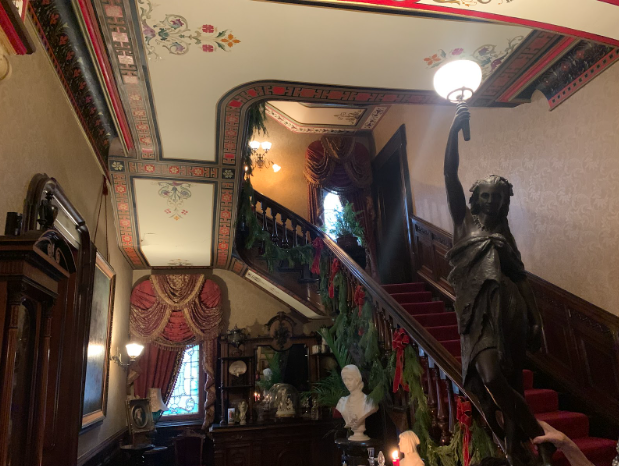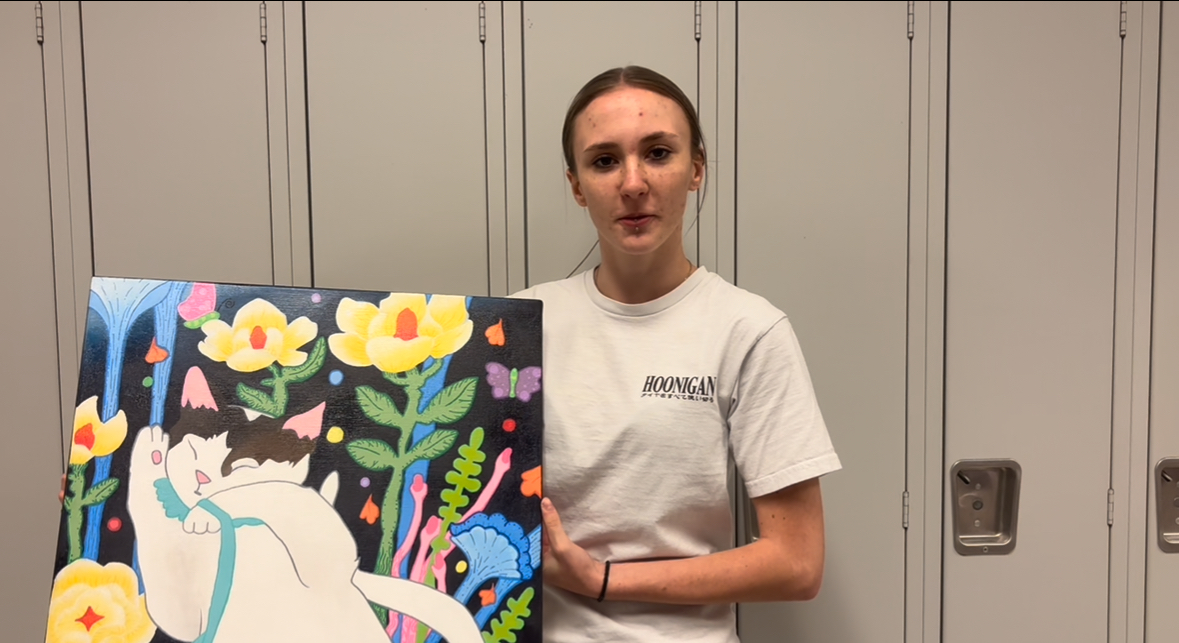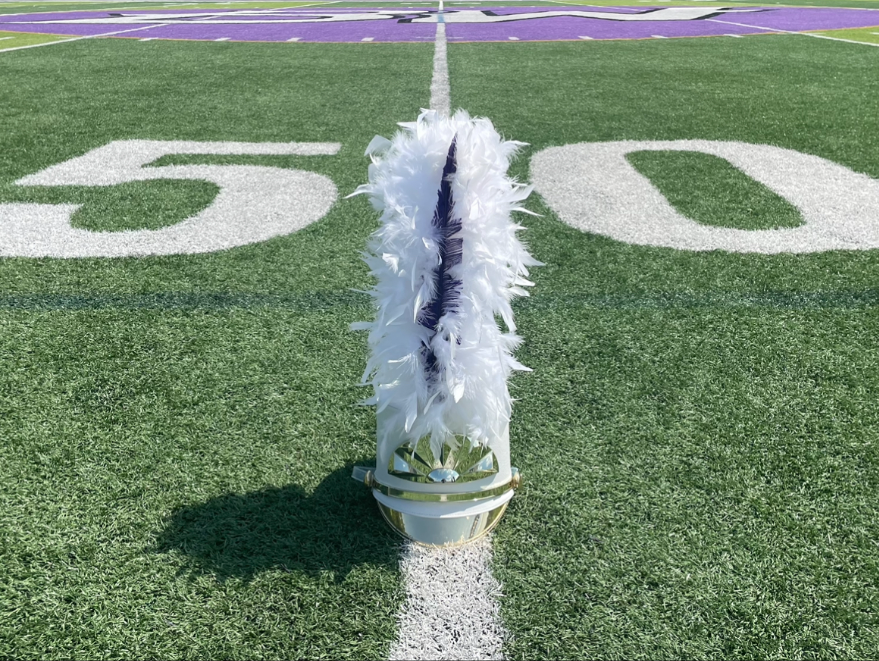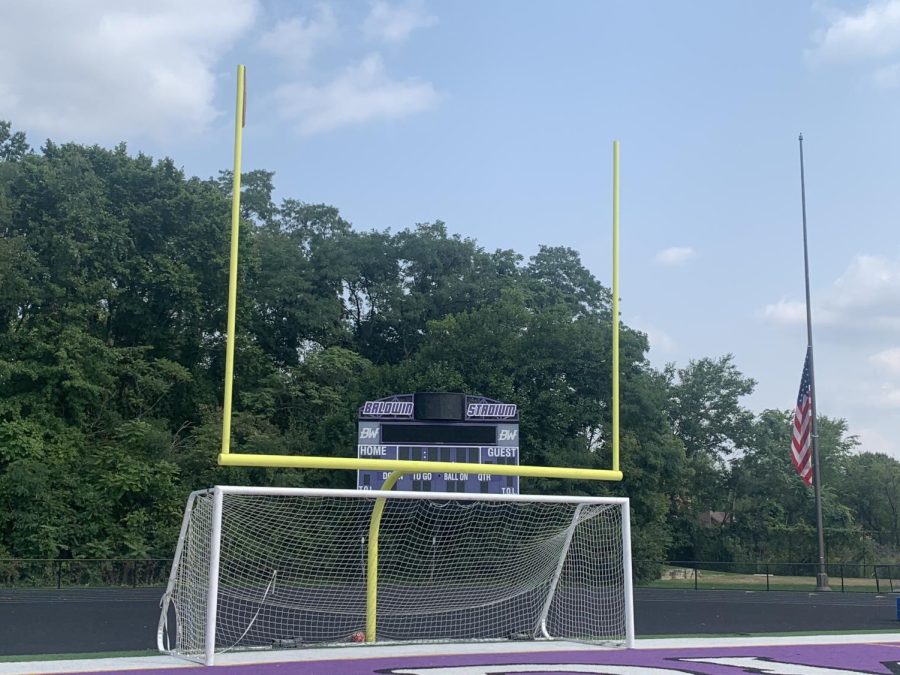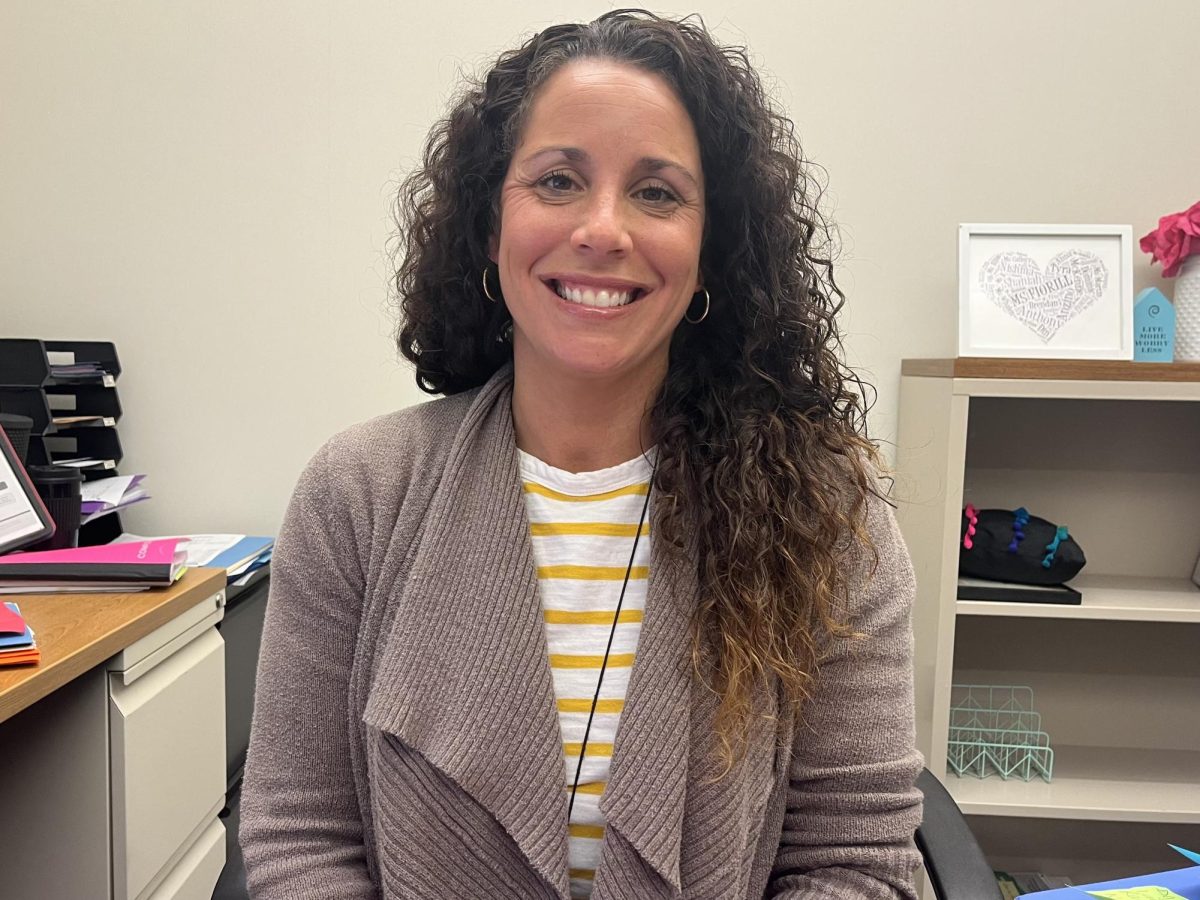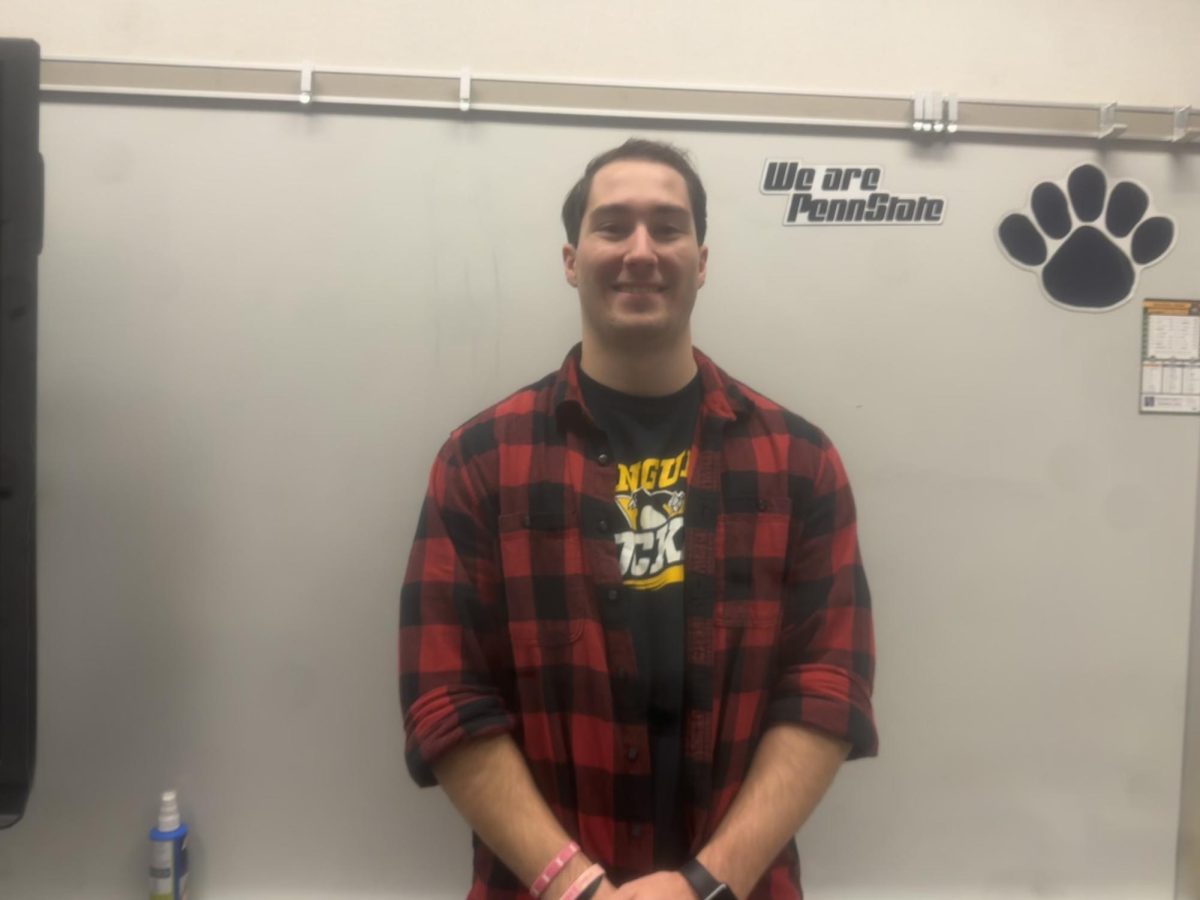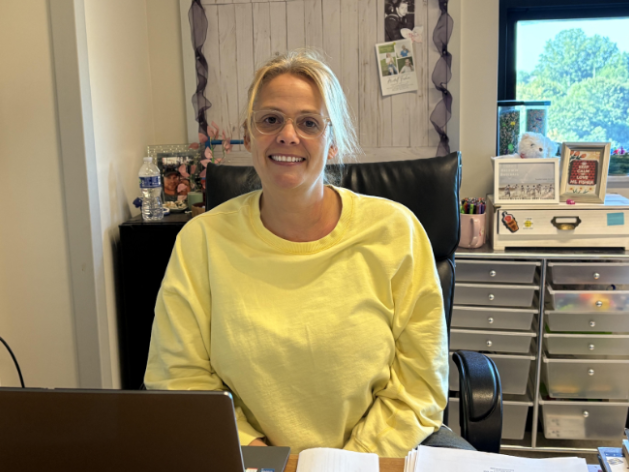Looking at old houses for three hours might not sound exciting, but for me, it was a perfect way to spend a Saturday afternoon.
I had the pleasure of attending the 40th Annual Old Allegheny Victorian Christmas House Tour on the North Side of Pittsburgh on Dec 9.
It is Pittsburgh’s smallest neighborhood, only taking up a modest eight blocks. This neighborhood was once a part of the City of Allegheny, a city separate from Pittsburgh for the city’s wealthy and elite in the 19th and early 20th centuries.
These houses perfectly embodied the traditional American Christmases of days gone. With elaborately decorated mantels, towering Christmas trees, cascading holly and mistletoe on staircases, and dazzling chandeliers, it felt like a scene from an old movie.
It’s hard to describe the feeling I had while walking on 100-year-old tile flooring, holding onto ornately carved banister rails, and staring up at original wood ceilings. I kept thinking to myself, “If these walls could talk, what would they say about life so long ago?”
The tour started out in the Calvary United Methodist Church, which was completed in 1895. This was the premier place of worship for notable Pittsburgh gilded-age families, such as the Carnegies and Mellons when they lived in the neighborhood.
The church is breathtaking. Its gothic revival architecture filled with gargoyles on the exterior perfectly contacts with the elegant stained glass windows made especially for the church by the famous Louis Tiffany.
Following the tour guide, who was dressed in a three-piece suit and bowler hat, visitors wandered amongst the rows of houses. Each one was unique.
Some had rounded windows, others had square windows. Some had turrets, others did not. But the one thing that constantly impressed me about each one was their originality.
Despite being over 100 years old and having been owned by multiple people, every house still retained original flooring, ceilings, and fireplaces to some capacity.
Some houses had been designed with servants’ quarters and hallways so that the “help” would not always be visible to the wealthy inhabitants. One house had a lazy susan in the wall between the kitchen and dining room, which enabled food to be discreetly transferred from the servants to the family. This house also had a secret storage room in the floor of the basement – a remnant from the house’s days as a speakeasy – where liquor was hidden.
The tour ended with what was perhaps the most beautiful building I have ever seen. Walking into 719 Brighton Road was like entering a time machine to the Victorian era.
The entire house was furnished with 18th-century furniture, the ceilings were hand-painted and retained their original designs, and the most advanced piece of technology was a phonograph.
The house still retained its ballroom where Pittsburgh’s wealthy and elite once came to dance. Those on the tour also got a look at the secret hallways used by servants to navigate the house unseen.
However, the most astonishing part about this particular house was that it houses over 8,000 model trains, the largest collection in America. Every wall of each of the four rooms on the third floor was dedicated to displaying them. On top of that, the attic housed running model trains and other toys. Needless to say, I left feeling pretty dissatisfied with the small model train display around my Christmas tree.
After experiencing this amazing tour, it became clear to me that things just aren’t made like they used to be.
The craftsmanship and attention to detail on these houses far exceed that of modern buildings. While walking around and looking at houses for two hours may not seem appealing, you’ll quickly change your mind after simply stepping into the foyer of one of the old houses. You never really know what lies behind closed doors and what secrets these old houses hold.

